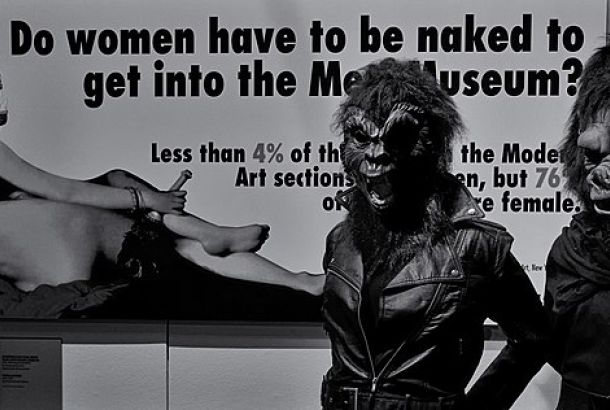Polari Mission
By Mancunion
Jez Dolan and Joe Richardson have developed a project to save Polari, an endangered language used in the gay community, which can be seen in their exhibition at the John Ryland’s Deansgate library. Ella Dix-Nagra catches up with Jez, one half of the project’s founders.
What exactly are the origins of Polari?
It’s a double edged sword; it’s about disguise but also about identification. I first heard it in a 1960s radio program called ‘Round the Horne’ which featured two very camp out-of-work actors, who spoke partly in Polari. It’s always been used by people who are oppressed, and can be traced back to the 16th century to thieves’ cant, a secret underground language thieves used as a disguise.
So does Polari have origins in other dialects?
Definitely. Between the 16th and 19th centuries, London was the biggest cultural melting pot in the world. Polari was influenced by Romani gypsies, Italian travelling circus people, busking street traders, Yiddish, prostitute slang, thieve slang – all these kinds of things. A group called the Mollies were really important; they were around in the early 18th century and were a group of self-identified homosexual men. They would dress up in fancy costumes, shriek about and meet up in ‘molly houses’ where they would perform rituals. And it obviously involved sex, but importantly it was about establishing a cultural identity.
Is this when the gay community adopted Polari?
There was no such thing as the gay community then – homosexuality wasn’t understood as a concept. At the exhibition we’ve got a song sheet from 1707, which would have been handed out to the public. It’s about four men who were caught fraternising together, were very nastily condemned for it and then killed themselves. They are mixed with the criminal underclass and are picking up this language.
At what point did Polari reach its height in use?
Probably the 1930’s to when Round the Horne was being aired. It was the most popular radio program in 1967, but once your Aunty Carol understood what was being said it lost its point to a degree. The rise of the gay political movement in England in the 1960s influenced its decreased usage, as anything camp was deemed unnecessary and self-oppressive.
The Polari exhibition is described as ‘visual artwork, digital interventions, and personal stories.’
As Polari was a performed thing, the cannon of literature is very slim. We have the only copy of the Polari bible at the exhibition, which we did a three hour long reading of for the Manchester Weekender. We also had a day called ‘the Symposium’ with a mixture of guest speakers. This included presentations from Professor Paul Baker (who wrote his PhD on Polari) and an archivist from the John Ryland’s library.
How did you present the archival material that you found?
As an artist, that’s what I’m interested in – taking archival material, creating new work from it and giving it another life. When we made the performance piece, it was using words from the 1707 song sheet and music composed in 2013. Hopefully we will re-do the performance piece next year.
What does the Polari iPhone app involve?
It’s basically the largest dictionary that exists for Polari.
What would you like to see from this project? Would you like to see a Polari revival?
I think Polari is not about reviving it. The bigger point is that people suggest there is no such thing as gay culture, and I would argue to the hills about that because there definitely is. So my interest is more about exploring it for its inherently camp qualities, its linguistic interest and also as an important piece of gay heritage.







